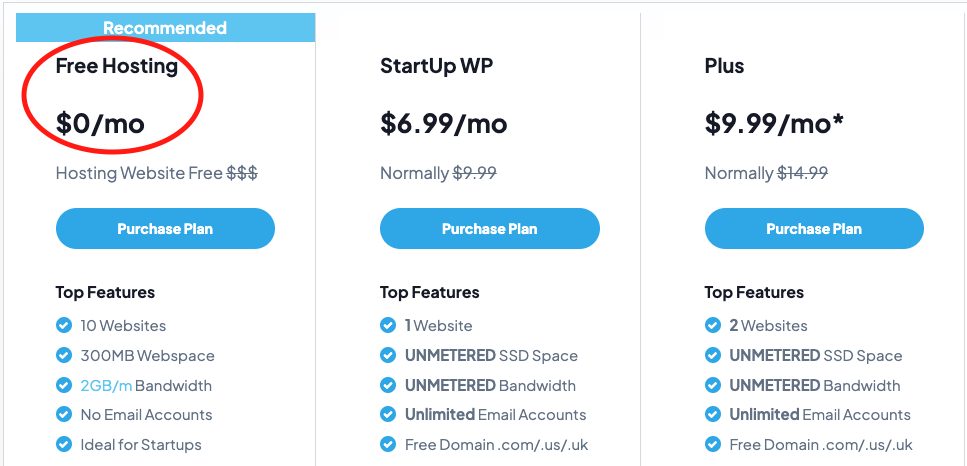What is Google client-side encryption to Gmail?
Google has announced a major security update for Gmail, adding client-side encryption to the popular email service. This move comes as part of Google’s ongoing efforts to enhance user privacy and protect sensitive information from being accessed by unauthorized third parties. With this new feature, Gmail users will be able to encrypt their messages on their own devices, making it virtually impossible for anyone, including Google, to read their emails without the user’s explicit permission.
What is Client-Side Encryption?
Encryption is the process of encoding data so that it is unreadable by anyone who doesn’t have the decryption key. In the case of email, this means that the message is transformed into a series of meaningless characters that can only be decoded by someone who has the key. Client-side encryption is a form of encryption that takes place on the user’s device, rather than on the server. This means that the data is encrypted before it ever leaves the user’s device, making it much more difficult for anyone to intercept and read the message.
How Does Client-Side Encryption Work in Gmail?
Google has implemented client-side encryption in Gmail using a new feature called “Confidential mode.” This mode allows users to set an expiration date for their emails and revoke access to the message at any time. When a user activates Confidential mode, their email is encrypted on their device using a password or other form of authentication. The encrypted message is then sent to Google’s servers, where it is stored until the recipient opens the message.
When the recipient receives the message, they are prompted to enter a password or other form of authentication to decrypt the message. The recipient’s device then decrypts the message, allowing them to read the contents of the email. The email remains encrypted on Google’s servers, and only the user who created the email can revoke access to the message.
What are the Benefits of Client-Side Encryption?
Client-side encryption provides several benefits for Gmail users. First and foremost, it enhances the security and privacy of email communications. By encrypting messages on the user’s device, the message is protected from interception by hackers or other third parties. This makes it much more difficult for cybercriminals to access sensitive information such as personal data, financial information, or confidential business communications.
In addition to enhanced security, client-side encryption also provides greater control over email communications. By setting an expiration date for emails and revoking access to messages, users can prevent emails from being forwarded or shared without their permission. This can be particularly important for businesses that need to protect confidential information or for individuals who want to ensure that their personal data remains private.
Another benefit of client-side encryption is that it can help to address concerns about government surveillance. By encrypting messages on the user’s device, government agencies are unable to access the contents of the email without the user’s explicit permission. This can be particularly important for journalists, activists, and others who may be targeted by government surveillance.
Are there any Limitations to Client-Side Encryption?
While client-side encryption provides many benefits, it is not without its limitations. One of the biggest challenges with client-side encryption is that it can be difficult for users to manage encryption keys and passwords. If a user forgets their encryption key or password, they will be unable to access their encrypted emails. Additionally, if a user loses their device, they may also lose access to their encrypted emails.
Another limitation of client-side encryption is that it can impact email functionality. For example, some email features such as search and spam filtering may not work as effectively with encrypted messages. This can be particularly problematic for businesses that rely on these features to manage large volumes of email communications.
Conclusion
Google’s decision to add client-side encryption to Gmail is a significant step forward for email security and privacy. By allowing users to encrypt their messages on their own devices, Google is providing

